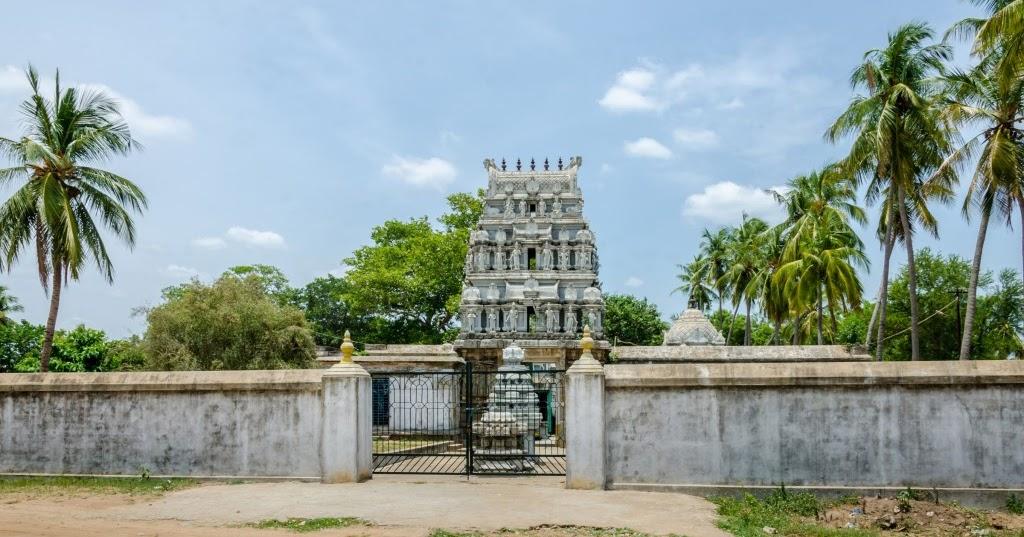According to legend, while Lord Shiva was teaching the Shiva Rahasya to Goddess Parvati on Mount Kailash, Sage Sukhabrahma overheard the sacred lessons. Discovering this, Lord Shiva cursed the sage to be born on Earth. When Sukhabrahma begged for forgiveness, Lord Shiva instructed him to take birth as the son of Sage Veda Vyasa, reside at Tirumarudanthurai-Idayaaru, worship Him, and ultimately attain liberation. This story emphasizes the sanctity of divine teachings and the consequences of overstepping boundaries, even for enlightened beings.
Administration History :
The administration history of the temple traces back to its reconstruction by various dynasties such as the Chozhas, Pandyas, Vijayanagaras, and Chalukyas, who contributed to the temple’s development and upkeep. The temple was initially part of Rajararaja Valanattu, Thirumunaipadi, and later Idayatru Nattu Idayaru under the rule of Chozha kings, where Lord Shiva was known as Thirumaruthanthurai Udaya Nayanar.
Throughout the centuries, inscriptions from the Chozha, Pandya, Vijayanagara, and Chalukya kings document their contributions and involvement in the temple's administration, such as donations for rituals, worship, and water resources. The temple faced destruction in 1461 CE by the Orissa king Gajapathy, and it was subsequently rebuilt by the representative of Chaluva King Narasimha Maharayar.
Currently, the temple is maintained under the administration of the Hindu Religious and Charitable Endowments (HR&CE) Department of the Tamil Nadu Government. The HR&CE oversees the day-to-day operations, including rituals, festivals, and maintenance of the temple's infrastructure.
